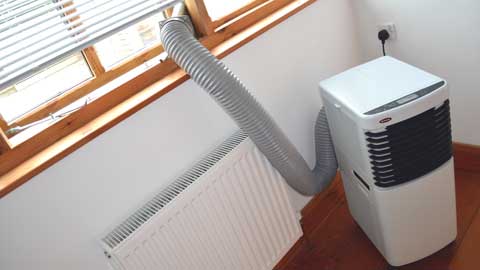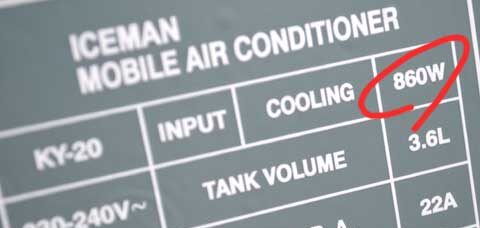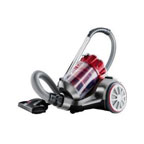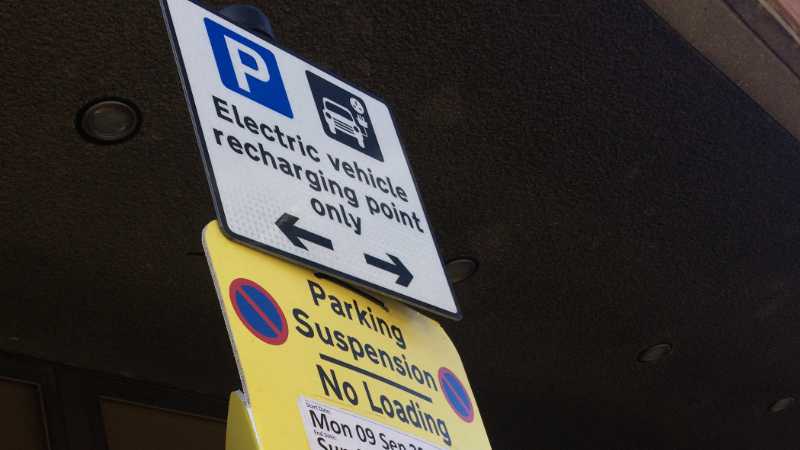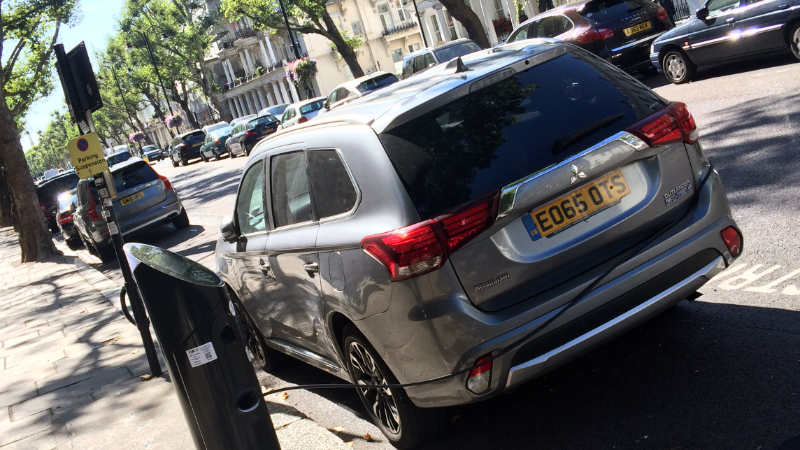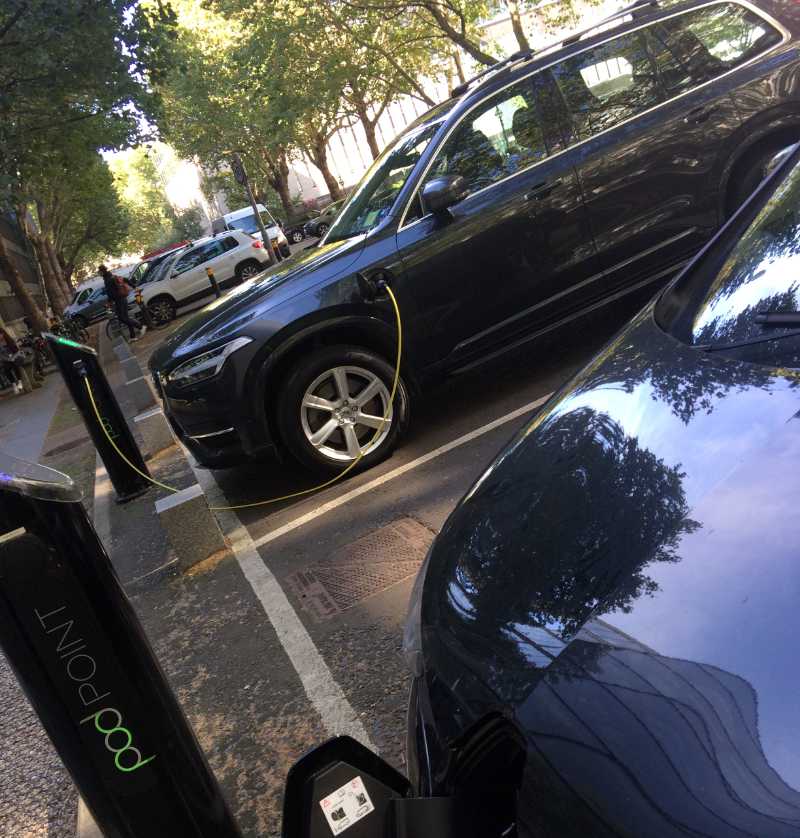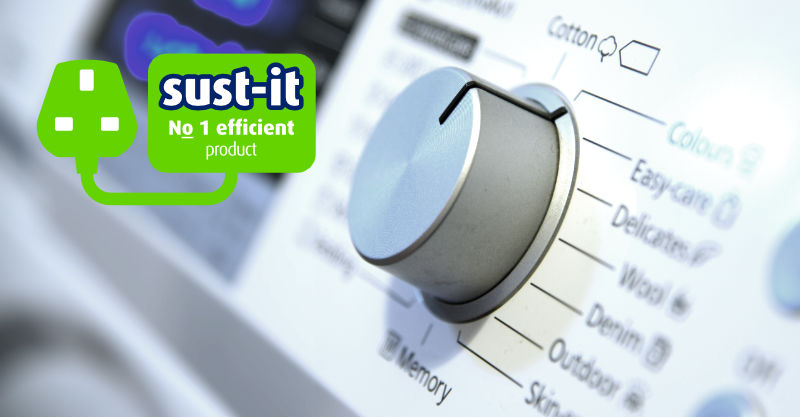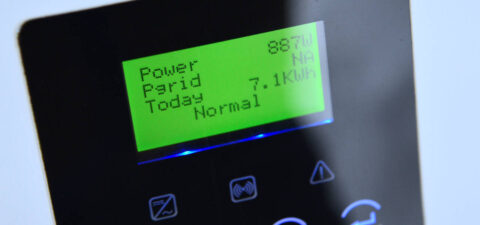Heat pumps are the mainstay of UK government policy in decarbonising our home heating. Currently, 95% of UK housing stock is heated by fossil fuels, mostly gas. Yet, the energy crisis has highlighted the need for us to move away from the volatile energy markets whilst delivering UK’s Net Zero promises. The electricity grid has become greener due to the expansion of renewable generation, making heating with electricity, ideally, heat pumps the quickest solution to us weaning off hydrocarbons. By 2025 installing a new gas boiler will become a thing of the past. So, the big question for a homeowner is, are heat pumps any good?
Longevity and reliability of installed heat pumps
I must admit I’ve been holding off writing this blog post. Why? I didn’t fancy tempting fate whilst talking about the reliability of our heat pump. So, having fitted a heat pump in 2005 here’s my experience living with electric heating.

Why choose a heat pump? The options are limiting for those heating rural homes
Living in a rural location doesn’t give you many alternatives to how you heat your house. It’s oil, LPG, solid fuel or electricity. Unfortunately, mains gas, the most affordable option, is a non-starter. Our last home was heated by oil, which was unreliable — often breaking down just before Christmas! In addition, the maintenance regime was onerous and expensive. We often struggled to get an engineer to visit when it had broken down. Then there was the fuel. It’s smelly and unpleasant to handle and not that easy to store. The other disadvantage was the volatility of the oil price. The per litre price of oil would often double overnight, then drop the next week back to normal. So buying heating was a game of outguessing the energy market.
At this time, my workplace was heated by electric storage heaters. These were the large block-filled units heated at night on Economy 7 tariffs. The issue with these — apart from the enormous bills — was they ran out of warmth by 4 pm on a cold winter’s day. In an office environment, this was manageable. However, if you return home in the evening after work, returning to a home that’s chilling off isn’t ideal. Also, storage heaters were inflexible, expensive and took up precious space.
A new build was an option to rethink our home heating requirements
Building a home from scratch opens up many possibilities. Put off by having lived in many inefficient, cold, and drafty homes, we were looking for a hassle-free and reasonable-cost solution heating system for our new build. The house was going to be well insulated, making the heating demand reasonably low, but it still needed to meet the needs of a family — plenty of hot water, etc.
The cheapest option at the time was an oil combi boiler. Yet, after extensive research, a Ground Source Heat Pump looked like a good option, especially as we had space around the building to install the ground loop. These are pipes buried in the ground or placed in a pond, even submerged in a well. They act as heat transfers, extracting the dormant heat from the ground. Air source heat pumps use air to do this, which is less efficient. Despite this, they are still much more energy-efficient than direct electric heating. And much greener than gas or oil.
You need to get your plumbing right for heat pumps
The intention was to install underfloor heating, which works well with heat pumps. Conventional radiators heated the upstairs; these were slightly oversized as heat pumps to heat the water at a lower temperature than gas or oil boilers. It’s worth checking if you’re retrofitting a heat pump to review that your radiators are adequately sized. And don’t forget that you’ll need a hot water tank. Heat pumps don’t work like combi-boilers. I believe microbore plumbing pipes aren’t suitable for heat pumps. Best to check with a registered installer first.
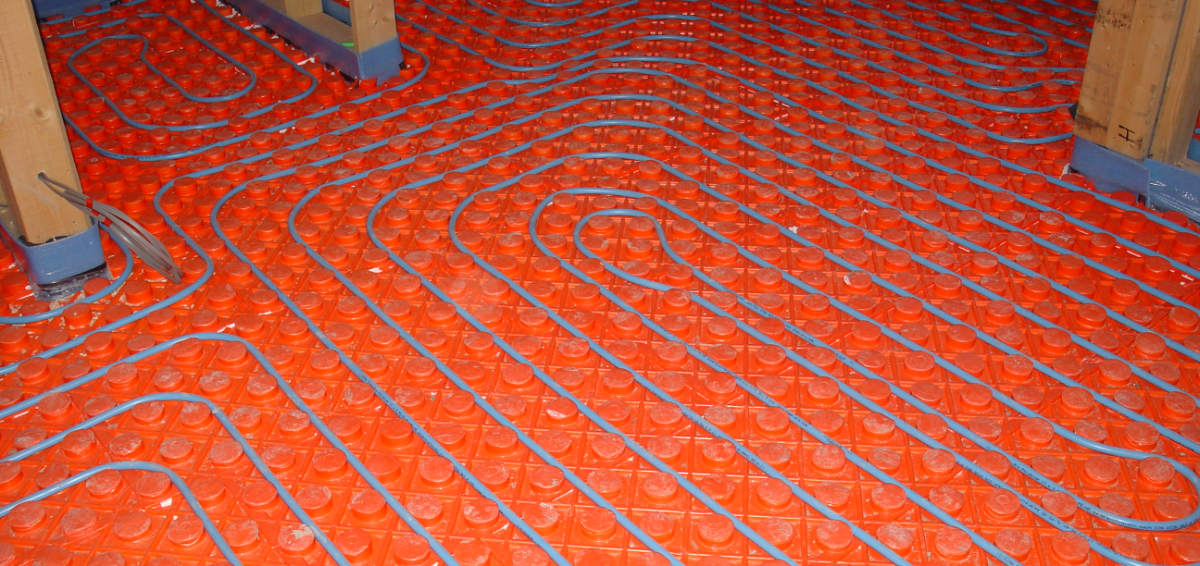
Our heat pump installation was straightforward, in some ways, more manageable than a conventional boiler, as the whole unit is self-contained with a built-in hot water tank. Unlike air source heat pumps, the kit is installed inside the house. They hardly make any noise either, certainly less than a combi boiler.
We had some issues regarding the energy required to start the heat pump. At one stage, it was thought we might need a three-phase electricity supply. Luckily, a system called soft-start resolved this.
I admit concerns that the system would not generate enough hot water for our family whilst heating the house. An instant electric shower was installed as a backup. These fears have been unfounded. Even with a whole house of guests in mid-winter, the heat pump has worked faultlessly.
Get the thermostatic controls sorted
The thermostatic controls are excellent on our IVT Greenline HT. Unlike conventional heating systems, there is a thermostat outside the building. Which talks to the thermostat inside, monitoring the temperature difference and balancing the heating requirements. We often wake up not knowing the temperature has dropped at night. Set up when installed; this has been running for many years.

Are heat pumps green?
So was a heat pump the right choice? It was undoubtedly the greenest choice; without us doing anything, our emissions have declined. Why? In the UK, electricity in 2005 was generated by 22% from zero-carbon sources, and in April 2021 jumped to 40%. Therefore, we’ve reduced our heating emissions by 18%, with or without buying a so-called REGO green energy tariff.
Will a heat pump save you money?
There are a lot of misconceptions regarding heat pump technology. People seem to think energy is free, especially with ground source systems. Some believe we’ve somehow drilled into the earth’s core and are extracting heat. However, the alchemy of heat pumps is for every unit kWh you put in; you get between 3 and 2.5 times the energy out.
But, economically, fuel cost terms saving are challenging to quantify. For example, a ground source heat pump is nearly three times more efficient (air-source pumps are 2.5) than direct electric heating.
Nevertheless, electricity is three times more expensive than mains gas — making the saving reasonably balanced compared to gas. On the other hand, LPG is considerably more costly, especially if you can get locked into single supplier contracts. While heating oil prices are volatile over the instalment period, prices have gone from 23p lows in 2016, 20p in the pandemic, to nearly £1.60-litre pecks this year!

Will a heat pump improve your EPC (Energy Performance Certificate)?
Perversely, our Energy Performance Certificate (EPC) penalised our heat pump because it has an immersion tank. This assumes it’s being heated directly from electricity, it’s not. Ninety-nine per cent of the time the heat pump is warming the water. It recommends installing solar thermal water heating, even though it’s extracting heating from the ground and is powered by solar PV in the summer. Oddly, EPCs don’t recommend heat pumps. Our house could be A-rated EPC if we took out the heat pump! Madness.
Are Ground Source Heat Pumps reliable?
The essential factor that makes heat pumps real winners is maintenance. Conventional boilers need servicing every year, which is expensive. They tend to go wrong regularly — especially oil ones.
So far, our IVT Greenline heat pump has run faultlessly for 18 years! Which is more than I can say for my car or home appliances.

Are you thinking of getting a heat pump — can you get grants?
Yes, homeowners and small businesses in England and Wales can apply for grants to replace their oil and gas boilers. Under the scheme, which will run for three years, property owners will be able to get the following:
- £5,000 off the cost and installation of an air source heat pump
- £5,000 off the price and installation of a biomass boiler
- £6,000 off the expense and fitting a ground source heat pump
Is a heat pump suitable for your home?
There’s a tool to help homeowners and businesses make better-informed choices about the suitability of installing a heat pump. It details the different types of heat pumps, their costs and carbon emission savings, and helpful guidance about what modifications might be needed to make a home right for a heat pump.

